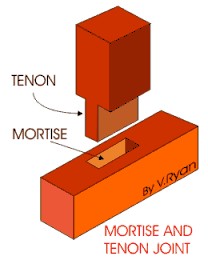Method:
1) A container is filled with a solution of a salt of the metal that is to form the coating.
2) The object to be coated with the metal is connected to the negative terminal of an electric battery and therefore this then becomes the cathode (the negative electrode).
3) Then when the electrical connection is established the metal that is connected as the annode starts to leave and form onto the outer layer of the cathode.
4)The longer you leave the process happenning the thicker the layer of metal that forms on the cathode.

Electroplating is used to give metal objects a better appearance or to protect them from corrosion, wear, or rust. Tableware, trays, decorative pieces, and jewelry are plated with gold or silver to make them more attractive.
Annodizing is a very similar process however process to electroplating however there can be the introduction of a dye and this is how many of the parts gain its colour. Also there is more players built up during the annodizing process so that the layers of colour can build up so they are harder to remove. Then a lacquer is applied to seal the result and maintain the colour from weathering.




















